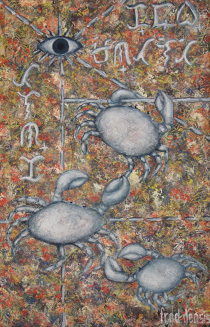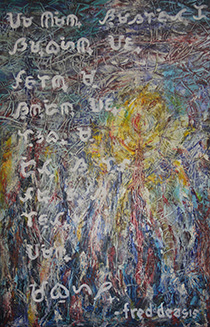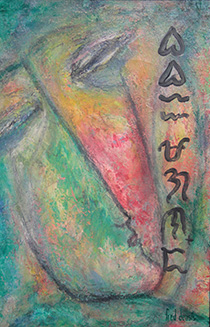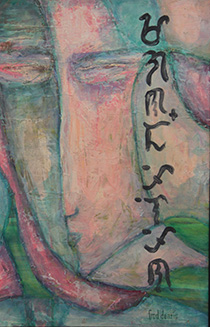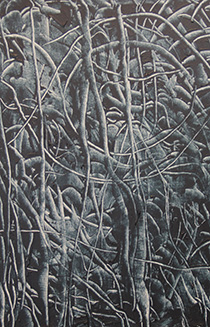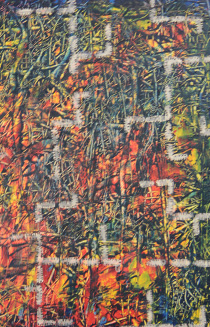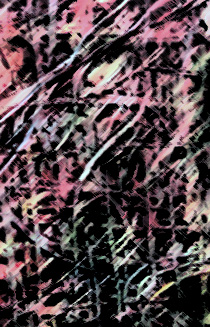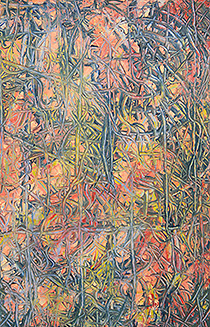Kutbayin
Chicago Tribune - The innovative art style and technique,"kutbayin" coined by the artist, merges the ancient Philippine lost art technique "kut-kut” and "baybayin" the country’s pre-colonial writing system.
"I enjoy experimenting on new art techniques to present ideas whether the subject is ancient or futuristic,” the visionary artist claimed. "I recently conducted several workshops on kut-kut and baybayin. I thought it would be interesting to merge the two distinct ancient Philippine entities and call it "kutbayin" art.
|
"Ugaling Pinoy" - Kutbayin series.
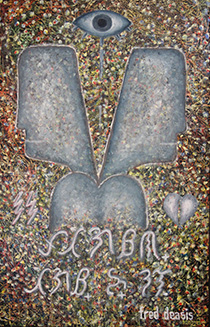
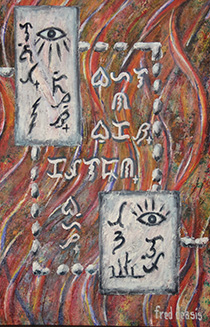
|
Kut-kut Art
Kut-kut is an exotic Philippine art form based on early century techniques -- sgraffito, encaustic and layering. The merging of these ancient styles produces a unique artwork characterized by delicate swirling interwoven lines, multi-layered texture and an illusion of three-dimensional space.
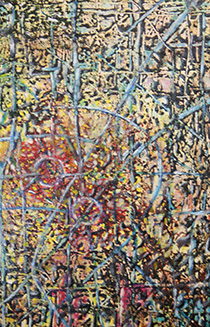
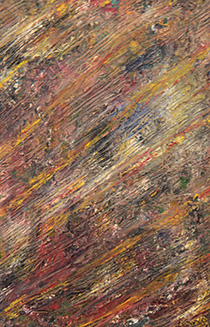
|
